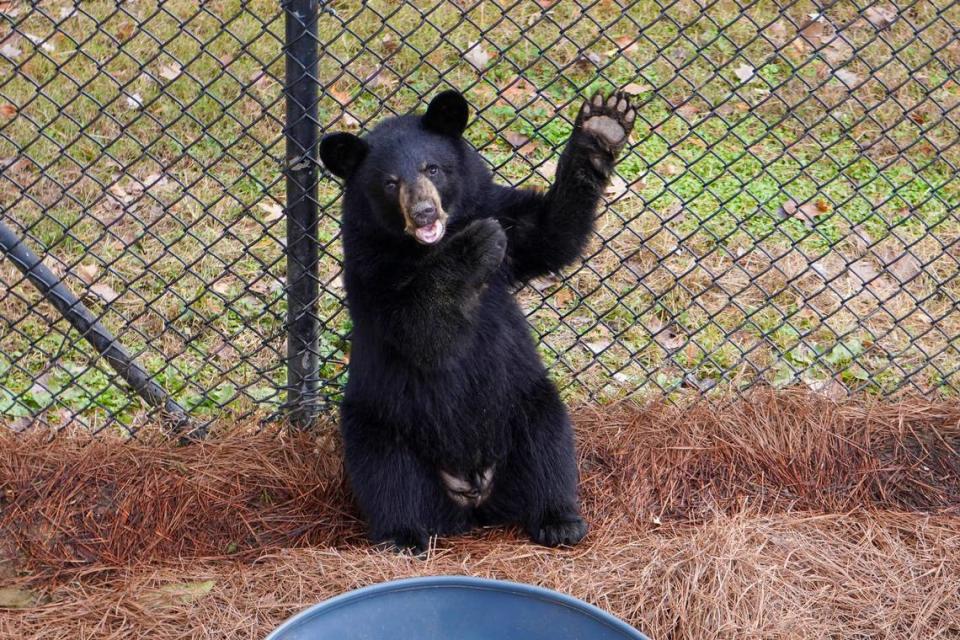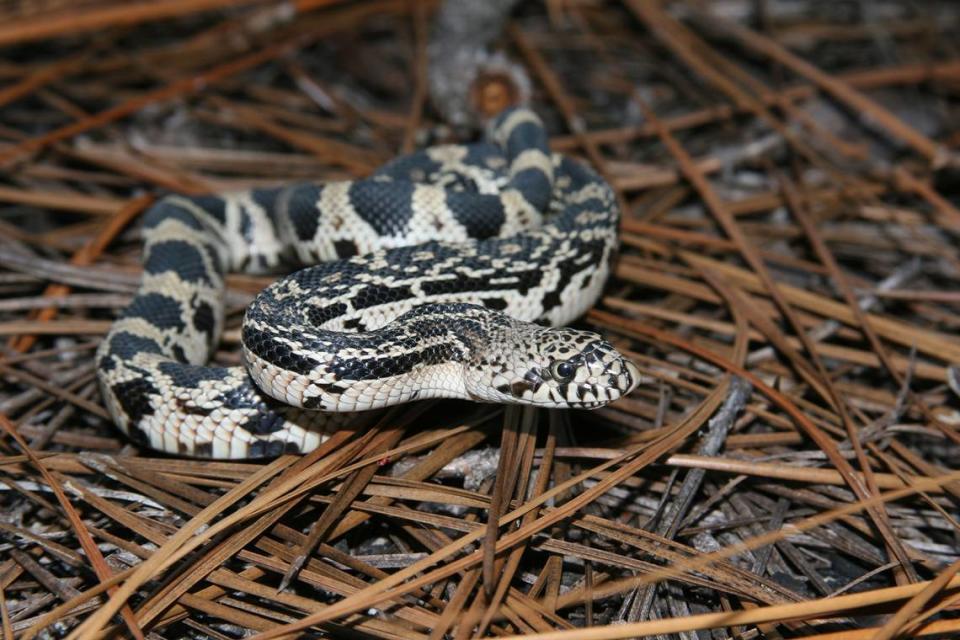AI thinks snakes won’t die & bears can’t run. We asked experts what is true or false
Artificial intelligence (AI) is infiltrating every corner of human life, but has it ruined nature yet?
I asked the artificial intelligence tool, ChatGPT, what were some of the most common misconceptions about bears and snakes, and boy did it deliver. I used human science to check out the truth behind these myths. See what’s real and what’s not.
Bears: What’s true?
Myth: Bears can’t run downhill
Here are the facts: The National Wildlife Foundation debunks this fervently. Bears can run up to 35 mph (that’s as fast as a horse) no matter what the landscape and they will certainly catch up to you.
Myth: Playing dead works as a defense
Fact: This is true, sort of. The National Wildlife Foundation experts say stand your ground, but a bear can be very territorial, especially if it has cubs. The advice here is, if after you’ve tried to stand your ground, sprayed pepper spray, yelled and waved your hands and the bear is still charging, lie down and curl up into a fetal position.

Myth: Bears stand up to attack.
Fact: The US Forest Service says this is usually wrong. Bears will stand to get a better look around and especially if they smell you. This doesn’t necessarily mean they’re about to attack.
Myth: Bears sleep in the winter
Fact: This is mostly untrue. While bears do tend to be in hibernation when it’s cold, they can sleep up to 8 months, according to the Alaska Department of Fish and Game. They are also not completely asleep. They just don’t need to eat or sleep and rarely urinate or defecate - sometimes not at all.
Myth: Bears are carnivores
Fact: Nope. The National Wildlife Foundation says bears are omnivores and they eat both plants and animals, but mostly plants like grass and leaves, and an occasional hot dog if left unattended by humans. Depending on what’s available to them, they will also eat fish, insects or rodents.
Myth: Bears have bad eyesight.
Fact: Bears have vision similar to humans, says The Forest Service. They can even see colors. They have excellent night vision and can easily detect the slightest movement.
Myth: Bears have one cub at a time
Fact: Sometimes. The National Park Service says bears give birth, typically, to one to three cubs at a time and it’s called a litter. Cubs are born halfway through the hibernation cycle at around five pounds, however they can reach up to 90 pounds by their first birthday.
Snakes: What’s false?

Myth: Snakes seek revenge.
Fact: The New Indian Press reminds readers that snakes brains are not developed enough to contemplate complicated emotions like revenge. It has no memory.
Myth: Cutting a snake’s head off will kill it instantly.
Fact: Horrifyingly, no. The National Geographic confirms your worst nightmare, that snakes can retain their reflexes even after death - specifically their bite reflex. Their bodies also can writhe around for quite a while after their dead.
Myth: Snakes like milk.
Fact: So, so wrong. The Missouri Department of Conservation debunks this weird, but apparently very common, misconception. Farmers used to think snakes would come to steal the milk from their cows, but it’s more likely that they were hunting mice.
Myth: Snakes will chase you.
Fact: Partially true, says Reptiles Magazine. In some instances, an unlucky human may disturb a sleeping snake and it will use the quickest escape route, which sometimes is toward the human. The exception to this is the giant, lethally poisonous snake, the Central American Bushmaster.
Myth: Snakes can be “charmed” by music
Fact: Simply, no. Snakes don’t have ears and can’t perceive sounds. Reptile Magazine attributes the snakes’ behavior to the pungi, a reed instrument carved out of a gourd.
Myth: There’s no such thing as a “mama” snake.
Fact: Yes, kinda. Reptile Magazine describes female snakes behavior as “simply slither[ing] off after depositing their broods underground or amid rotting debris.” Baby snakes are born ready to survive, so they don’t need the nurturing we associate with mothers.
Gryffindor or Slytherin? Which Hogwarts House dominates the South?
Study finds Georgia is among the most expensive states in the nation for healthcare
What’s the best way to watch the eclipse from Columbus? Here’s what one expert says
Can you get paid to move to Columbus? Here’s how much is up for grabs & what to know
The Living Room may be the coolest ticket in Downtown Columbus. Here’s what to know

